Part I: Take the Time to Think Through Art Direction
Published by O Hello Media
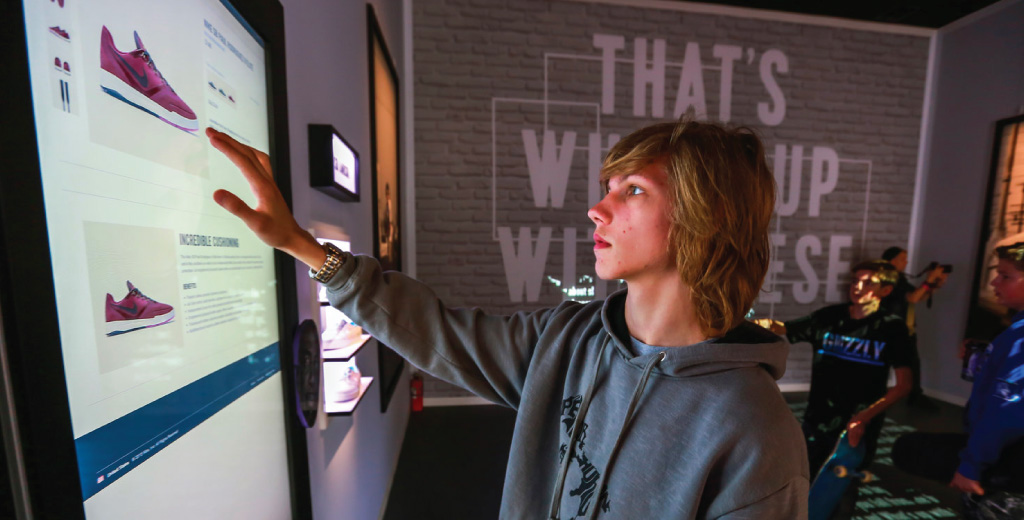
Brands we see rising to the top are those who engage their audience through an integrated marketing plan wherein all layers of marketing work in unity to achieve the same goal. As soundly engineered as “the catapult” ball retriever from The Sandlot; each part of the system plays a key role in moving the needle (or in this case, the ball).
Brands we see rising to the top are those who engage their audience through an integrated marketing plan wherein all layers of marketing work in unity to achieve the same goal.
The appropriate order of operations
BEFORE ANY MACHINE CAN OPERATE, HOWEVER, IT MUST BE BUILT; AND BEFORE IT GETS BUILT, IT MUST BE DESIGNED BASED ON A SET OF GUIDELINES SO IT CAN FUNCTION PROPERLY.
There is a purposeful order of operations in place to achieve the results you’re looking for, and so just as the marketing machine must begin with a set of guidelines, so too must we apply the same strategy to photography & videography coverage for your brand activation.
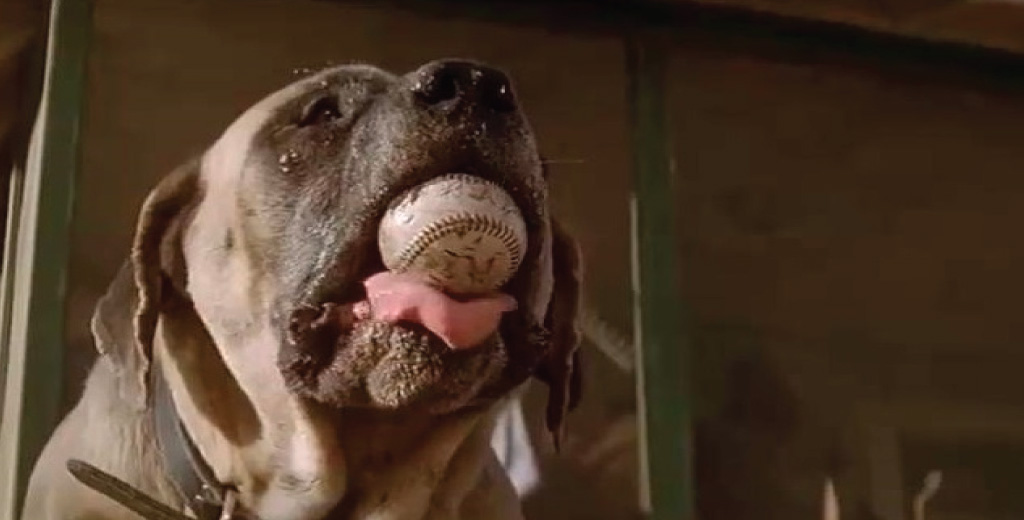
Cue the shot list, right? WRONG. In comes the proverbial BEAST (yes, another Sandlot reference) to snatch up that baseball because one key element was missing for success:
ART DIRECTION.
A shot list can not be developed before the guidelines are in place, which is exactly the purpose art direction serves. These guidelines are the most valuable when they are clear, intentional, aligned and strategic. To help you think through how to begin this process, we’ve outlined some thought starters and considerations for what exactly art direction means and looks like as it pertains to photography & videography for your brand activation:
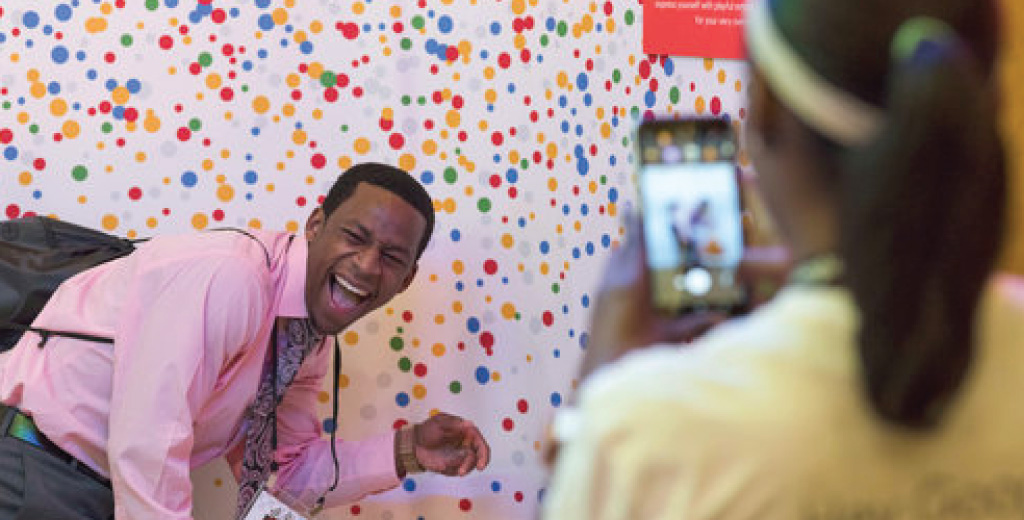
Tips for developing art direction
1. Review your brand standards
What does your brand look like visually? We’re not talking about your brand colors or fonts, but more so how does your brand translate into an image? Is it vibrant? Warm and approachable? Electric and bright? If you were to describe your brand as a person, what would he or she look like? What kind of facial expressions does he or she convey? These are questions you want to be thinking through as you define what the content from your event will look like so that it aligns accordingly and therefore appeals to your target audience to draw them in.
If you were to describe your brand as a person what would he or she look like?
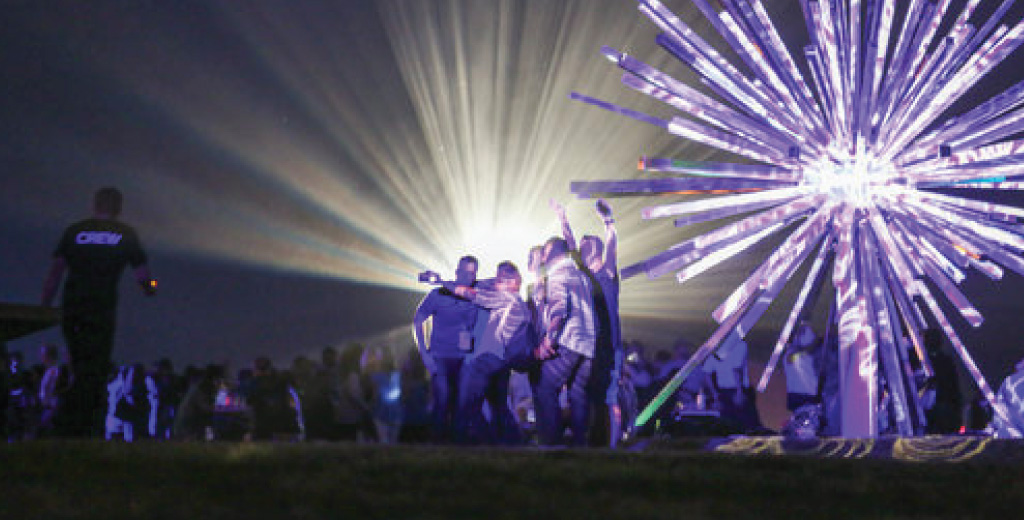
2. Think through environmental considerations
You have put a lot of thought into the design of your experiential activation but in many cases, the physical setting and/or location is a byproduct of other factors such as foot traffic or involvement as a sponsor of a larger event. Those environmental factors have a huge impact on the final content. Make sure you’re looking at the lighting conditions, such as natural vs. artificial light as well as the time of day for the shoot. Guide your content creator on the best camera settings and supplemental equipment to achieve the lighting conditions that will ultimately produce content that aligns with your brand standards.
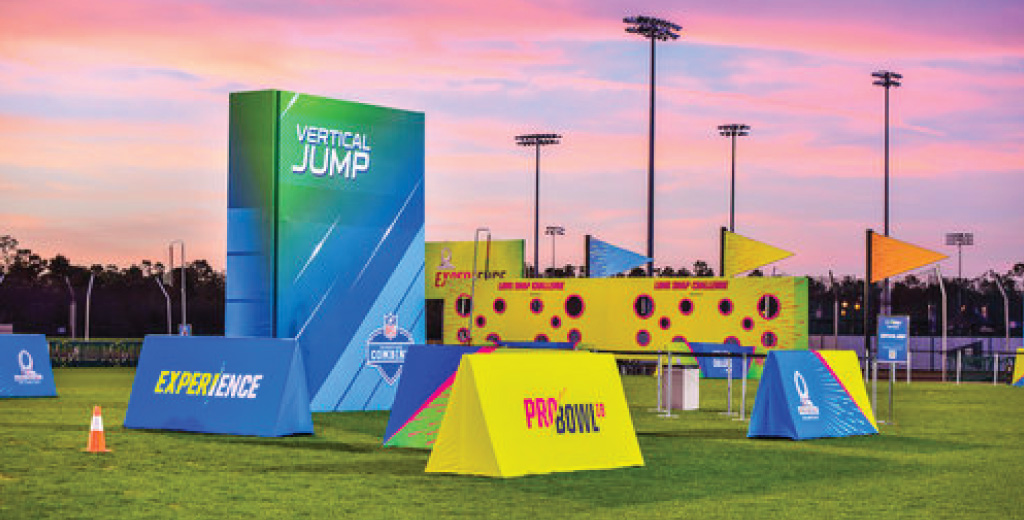
3. Identify the story you want to tell through the images or footage captured
Our team at O Hello Media takes an editorial approach to content capture, as this enables us to truly tell an authentic story of the consumer experience at your brand activation. Perhaps, however, it makes more sense for your brand to create more ‘influencer’ style shots that are posed, curated and hyper stylized. Think through how you want your photographer or videographer to approach their capture and interaction with your attendees, as each form of documentation will tell the story in a different perspective.
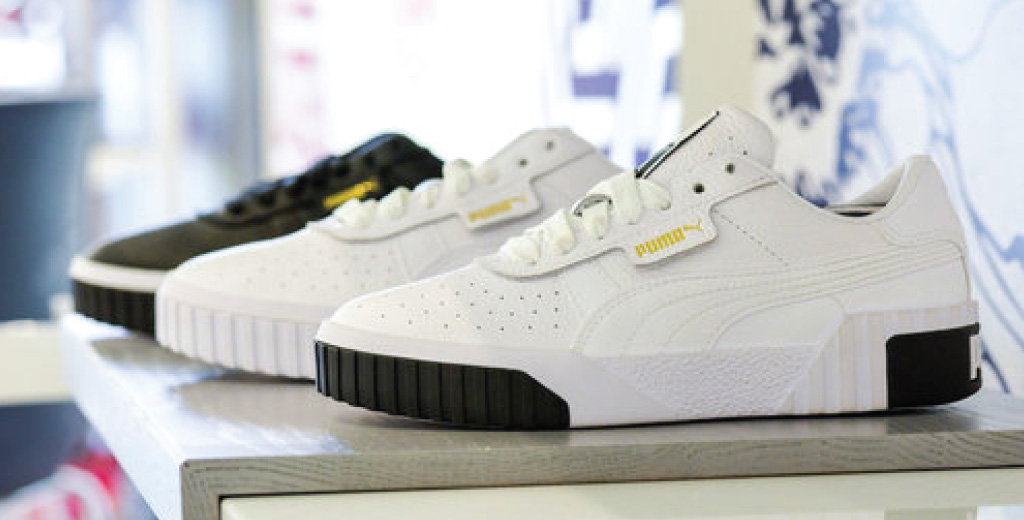
4. Assess the content you already have
This could be the only activation as a part of your campaign, or it could be one in a series of many. In either case, take a look at the content you already have to maximize the final product output produced by your photographer or videographer. For example, if you already a great library of hyper-stylized images featuring consumers sampling your beverage product, perhaps this shoot should focus on more organic content of consumers reacting to your product.
The end result
As an experiential marketer, you know that your cog in the machine is the emotional trigger. You create opportunities for your on-site audience to feel a deep-rooted connection to you as the brand. The photographer or videographer then must rise to the challenge and ensure the real emotion experienced on site translates into imagery or footage.
Using all of the factors outlined above, well defined art direction will allow for the purposeful, strategic and brand-focused attention to detail you put into the physical experience to carry through to the content produced.



